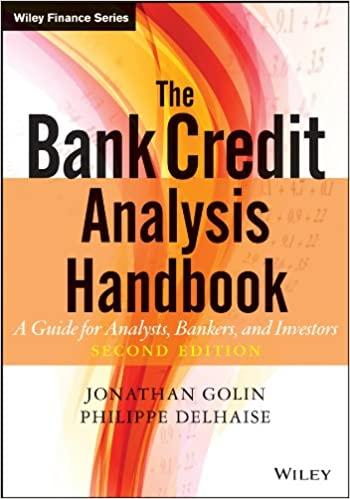were impressed by the work Chris had done on financial planning. Using Chris's analysis, and looking at the demand for light a ircraft, they have decided that their existing fabrication equipment is sufficient, but it is time to acquire a bigger manufocturing facility. Mark and Todd have identfied a suitable structure that is currently for sale, and they believe they can buy and refurbish it for about $35 million. Mark, Todd, and Chris are now ready to meet with Christie Vaughan, the loan officer for First United Nationat Bank. The meeting is to discuss the mortgage options avaliable to the compary to finance the new facility. Christie begins the meeting by discussing a 30-year mortgage. The loan woutd be repaid in equal monthly installments. Because of the previous relationship between S\&S Air and the bank, there would be no closing costs for the loan. Christie states that the APR of the loan would be 6.1 percent. Todd asks if a shorter mortgage loan is avallable. Christie says that the bank does have a 20 -year mortgage avallable at the same APR. Mark decldes to ask Christic about a "smart loan" he discussed with o mortgage broker when he was rennancing his home loan. A smart loan works as follows: Every two weeks a mortgage payment is made that is exactly one-half of the traditional monthly mortgoge pay. ment Christie informs him that the bank does have smart loans. The APR of the smart loan would be the same as the APR of the traditional foan. Mark nods his head. He then states this is the best mortgage option avaliable to the company becouse it soves interest payments. Christie ogrees with Mark, but then suggests that a butlet loan, or balloon payment, would result in the greatest interest savings. At Todd's prompting, she goes on to expiatir a bultet foan. The monthly paymente of a bullet loan would be calculated using a 30-year traditional mortgage. In this case, there would be a 5-year bullet. This means that the company would make the mortgage payments for the traditionat 30 -year mortgage for the first five years, but immediately after the company makes the 60 th payment, the goullet payment would be due. The bullet payment is the remaining principat of the to an. Chrits then asks how the butect poyment is calculated. Christie tells him that the remaining princlpal can be calculated using an amortization table, but it is also the present value of the remaining 25 years of mortgago pryments for the 30 year mortgage. Todd also has heard of an interest-only loan and asks if this loan is available and what the terms would be. Christie says that the bank offers an interest-only loan with a term of 10 years and an APR of 3.5 percent she goes on to further explain the terms. The company would be responsible for making interest payments each month on the amount borrowed. No principal payments are requitred. At the end of the 10 yearterm, the company would repoy the $35 million. However, the company can make principal payments at any time. The principal payments would work just like those on a traditionat mortgogo. Princlpat poyments would reduce the principal of the loan and reduce the interest due on the next payment: Mark and Todd are satisfied with Christie's answers, but they dre stitt unsure of which loan they should choose. They have asked Chris to answer the following questions to help them choose the correct mortgage. 1. What are the monthly payments for a 30-year traditional mortgage? What are the payments for a 20-year traditional mortgage? 2. Prepare an amortization table for the first six months of the traditional 30-year mortgage. How much of the first payment goes toward principal








